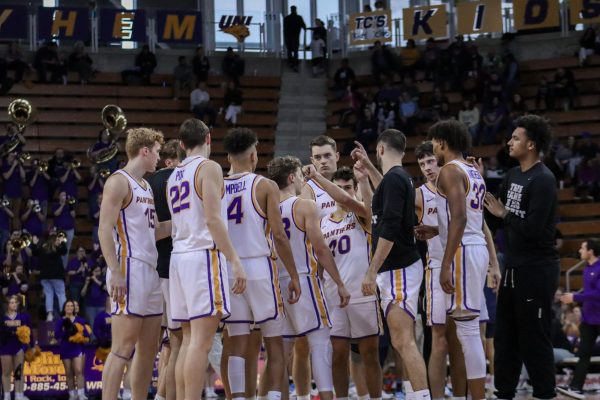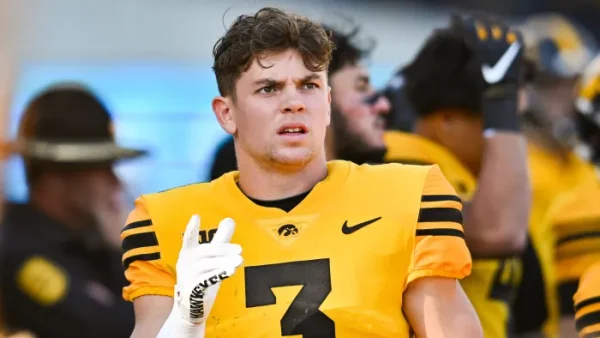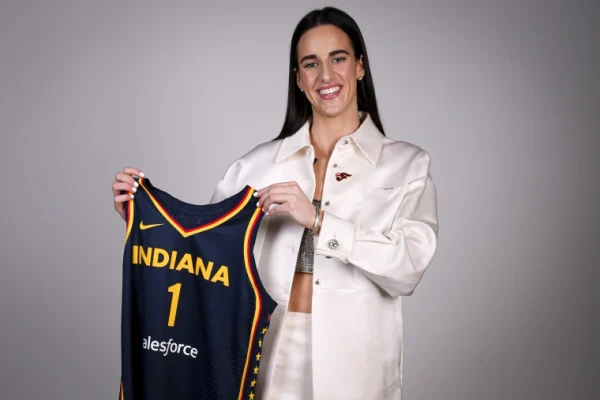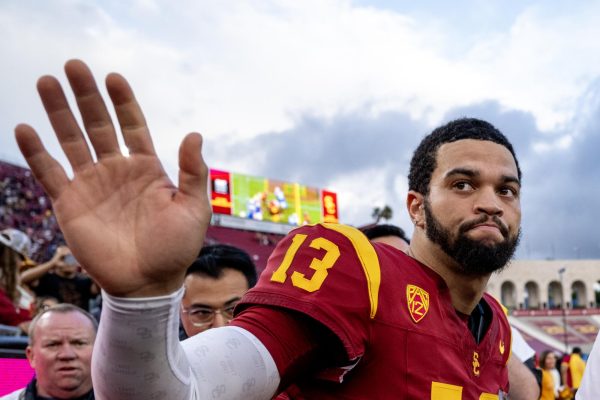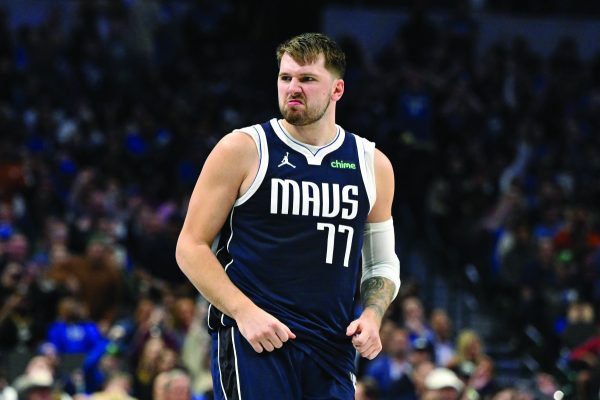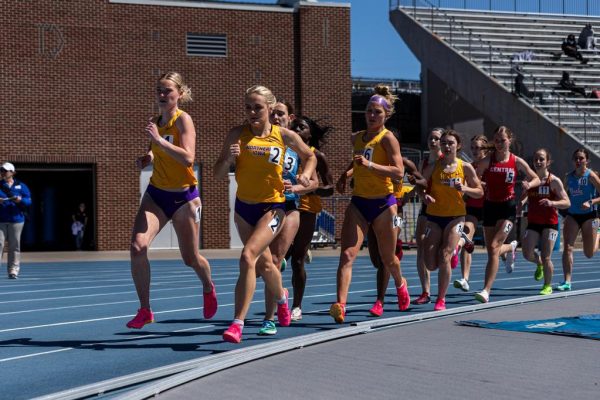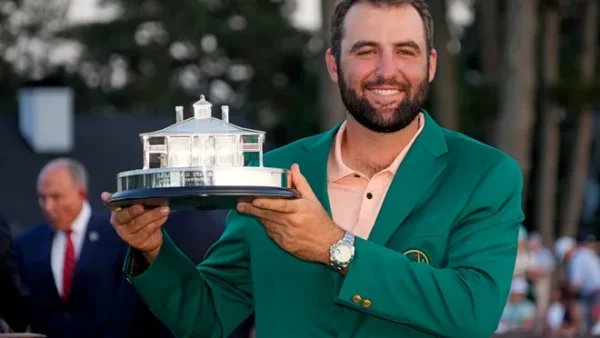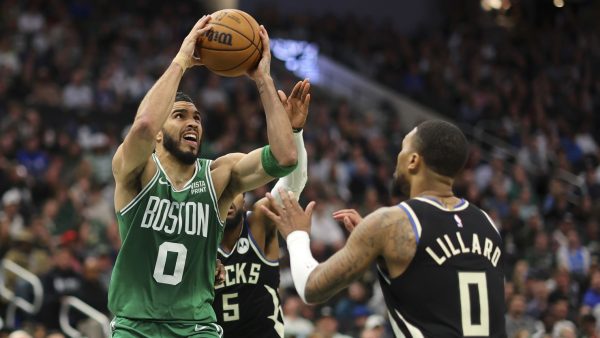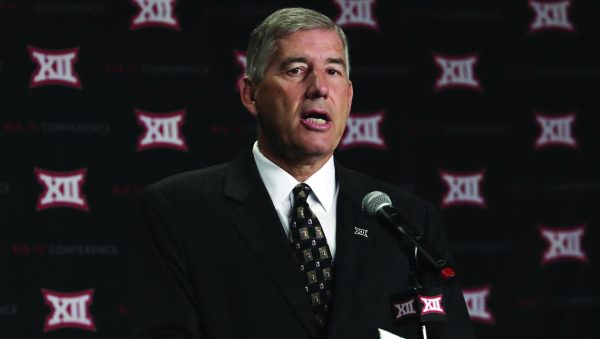Tiger Woods and the modern superstar golfer
Oct 11, 2021
Brooks Koepka, Bryson DeChambeau, Justin Thomas, Bubba Watson, Rickie Fowler, Phil Mickelson. These names often come up when you ask someone to name a professional golfer. That pool may be small when compared to other sports, but it’s quite large for golf, which has usually been dominated by a single figure. Arnold Palmer became “The King” in the 1960s and Jack Nicklaus reigned supreme in the 1970s. But nobody has done more for the game of golf than Tiger Woods.
Like tennis and polo, golf has been always seen as a country club sport played by the wealthier, whiter class. It’s a fact that was poked fun of in Harold Ramis’ 1980 comedy “Caddyshack,” as it pitted snooty club elites against the sloppy masses. There was also a lack of superstar, charismatic figures that kids looked up to. Arnold Palmer was just an average Joe compared to the eccentricities of Muhammad Ali and Wilt Chamberlain. Because of this, golf remained a niche sport for decades until Tiger Woods came along, bringing a fiery passion to the tame game.
People began to tune in, as Woods was everything that the typical golfer wasn’t. He was young, not white, expressive and took huge risks in his game. He became the first billionaire athlete, with endorsements through Nike, Gatorade and AT&T. For the first time ever, a golfer entered the conversation of the greatest athletes in the world, a list that also included Michael Jordan and Emmitt Smith.
The “Tiger Effect” was in full swing, as it became cool to play golf. All those new eyes over the years gave way to a new style of play. The thing about Tiger Woods was that he was the first golf superstar, and many players today grew up watching him, and are now trying to follow his path. The copying can be simple cosmetic things, such as Rickie Fowler donning bright orange on Sunday, just as Wood trademarked Sunday red. But it’s also personal traits that players have emulated. Wood was always humble, but never denied the fact that he was the best. That confidence became infectious, with players nowadays taking to social media to humbly brag about their accomplishments, such as Brooks Koepka trashing Bryson DeChambeau on Twitter with a photo of his larger trophy collection.
The professional tour, always with a conservative stance on any issue, has slowly come around to accepting the modern way of things. They’ve begun to incentivize the Tiger Woods style, launching a $40 million popularity contest, rewarding players based on their total presence around the world. A move that goes against their history, the tour is explicitly encouraging players to become their brands, with the promise of big paydays in exchange for increased viewership. This has seen players such as DeChambeau entering long drive contests, and others coming together for matchplay PPV tournaments. There’s also rivalries and drama, something that has always been missing in golf while being prevalent in every other major sport. Individuality brings uniqueness, and a sense of allyship fans share with players that embody their values.
Modern golf is no longer the program that your dad fell asleep to on a Sunday afternoon. There’s a new level of excitement, one initiated by Tiger Woods, and is now carried on the shoulders of his disciples.









